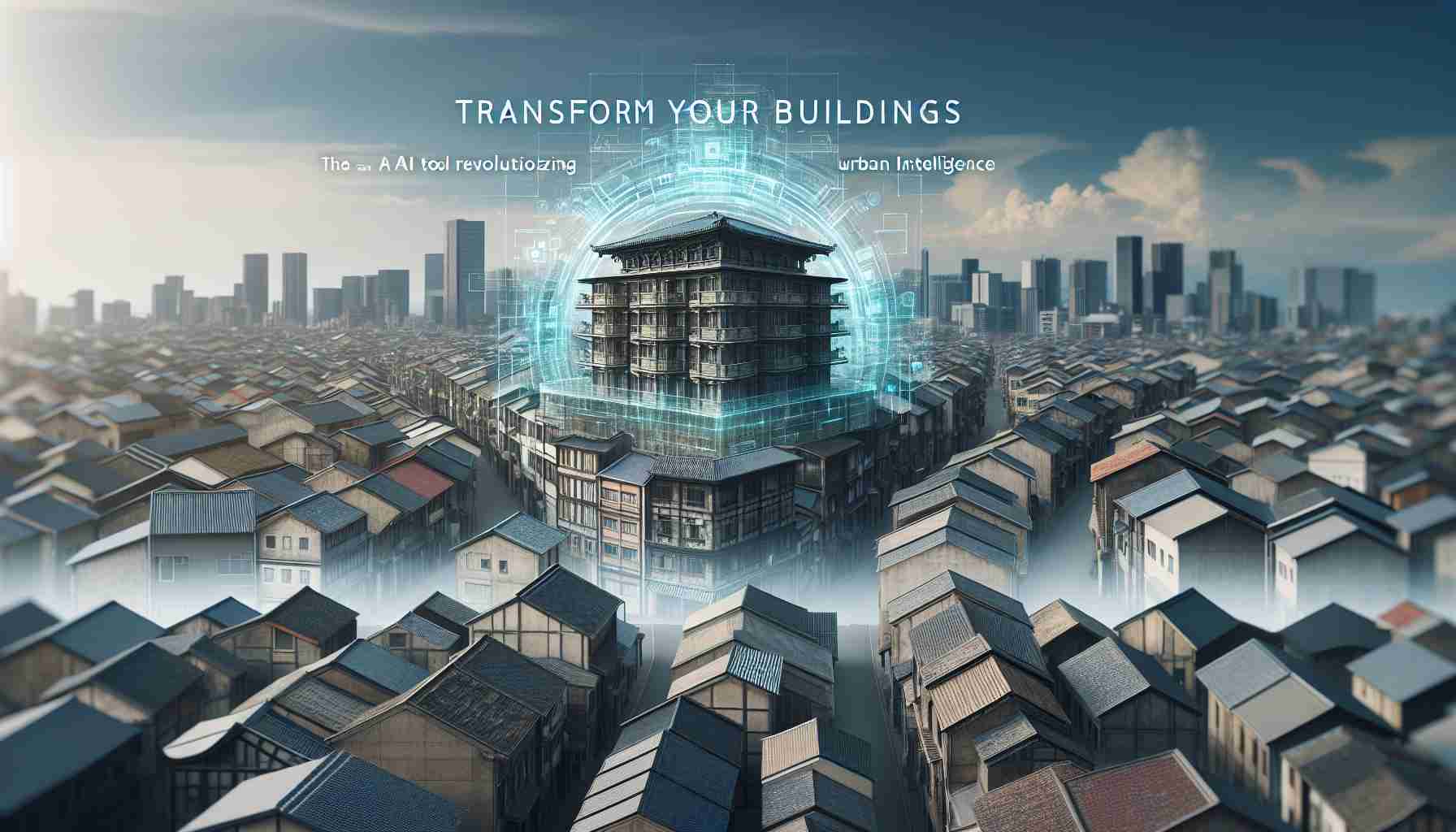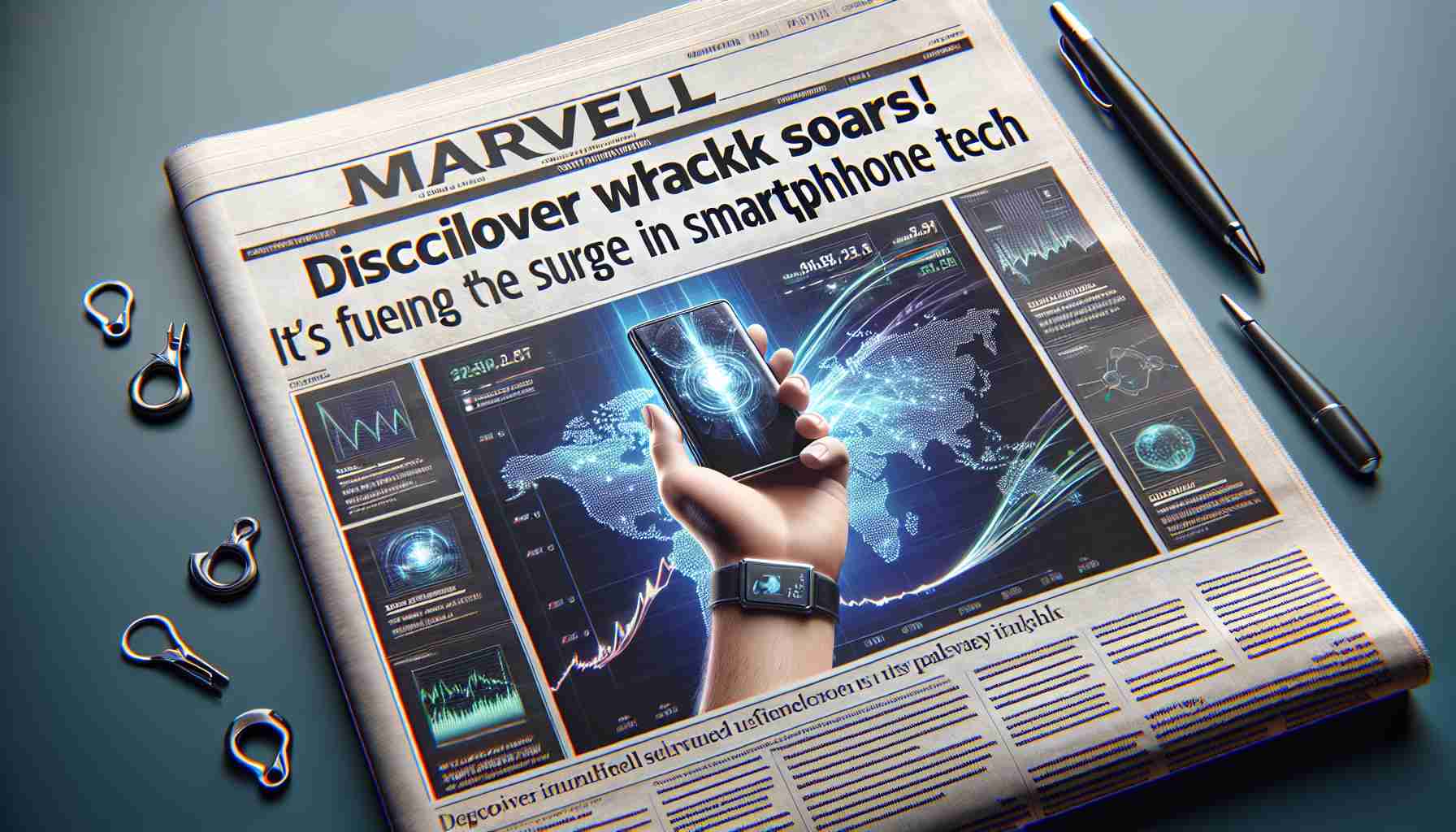Groundbreaking Technology Reshapes Building Efficiency and Urban Design
An innovative service called “Kvartirografia” is pushing the boundaries of architectural efficiency, enhancing the use of above-ground building sections by an impressive 45%. Created by the Center of Artificial Intelligence in Urban Development, this tool is designed to revolutionize renovation projects.
The head of Urban Development Policy, Vladislav Ovchinsky, explains that this technology not only improves building planning but also boosts the utilization of living spaces by 35%. As a result, new residential buildings now feature spacious lobbies and thoughtfully organized areas accommodating strollers, bicycles, and residents with limited mobility, maximizing apartment layouts.
A Technological Game Changer
“Kvartirografia” employs evolutionary computing and generative models to devise architectural solutions for multi-unit residential buildings based on specific parameters. These include consideration of land plot characteristics, user and regulatory restrictions, and essential building requirements, such as maximum floors, varied plans, apartment sizes, and sunlight access standards.
Jointly developed by experts from St. Petersburg’s National Research University of Information Technologies, Mechanics, and Optics, and augmented by the Artificial Intelligence Center in Urban Development established within Mosstroyinform, this service marks a significant advancement in urban planning.
Looking Ahead
In an ambitious plan, Moscow aims to design and construct 7 million square meters of housing over the next three years as part of a large-scale renovation initiative. This tool is poised to play a critical role in reshaping the city’s living spaces.
By Elena Galimova
Publication Date: November 13
Maximizing Urban Space: Tips and Insights for Smart City Living
The emergence of tools like “Kvartirografia” heralds a new era in urban development, where efficiency and innovative use of space take center stage. For those interested in urban design, architecture, and smart living, here are some tips, life hacks, and fascinating facts inspired by this inventive service:
1. Embrace Multifunctional Spaces
Modern city living often involves making the most out of limited space. Consider multifunctional furniture and room layouts that can adapt to various needs, such as convertible sofas, foldable desks, or movable partitions. This idea aligns with the “Kvartirografia” approach, which enhances apartment layouts by optimizing available footage.
2. Prioritize Natural Light
Maximizing sunlight not only reduces energy costs but also promotes well-being. When redecorating or choosing an apartment, ensure your living space is arranged to catch the most daylight. Follow sunlight access standards similar to those considered by generative models in urban planning to brighten and energize your environment.
3. Smart Storage Solutions
City life often requires creative storage. Invest in vertical shelving units and furniture with hidden storage options to maintain a clutter-free home. This practice echoes the service’s initiatives to create thoughtfully organized areas accommodating everyday items like strollers and bicycles.
4. Leverage Technology for Home Design
Use digital tools to visualize and plan your living space. Apps simulating “Kvartirografia’s” methodologies can help you assess layouts and design options before making any changes. Virtual reality and 3D modeling have made it easier than ever to preview home renovations.
5. Get Involved in Community Initiatives
As cities evolve, community involvement becomes crucial. Participate in local forums or contribute to neighborhood development projects to have a say in urban planning. Engaging with these initiatives can ensure the changes align with community needs and foster a more inclusive environment.
Interesting Fact: The Power of Evolutionary Computing
Did you know that evolutionary computing, like the one used in “Kvartirografia”, mimics natural selection? This AI technology explores numerous design iterations to find optimal solutions, revolutionizing how architects and urban planners approach challenges.
With urban development technology steadily advancing, embracing these smart living strategies can help us harmonize with fast-paced city growth. For more information on urban innovation and artificial intelligence, explore M.I.T’s work on architectonic AI developments or visit Urban Institute for insights into sustainable city planning.





















